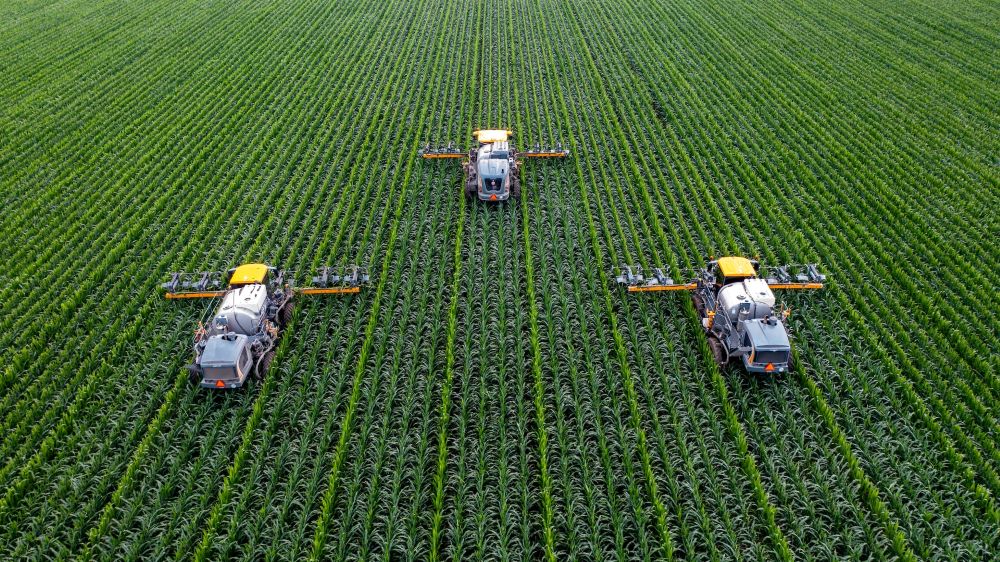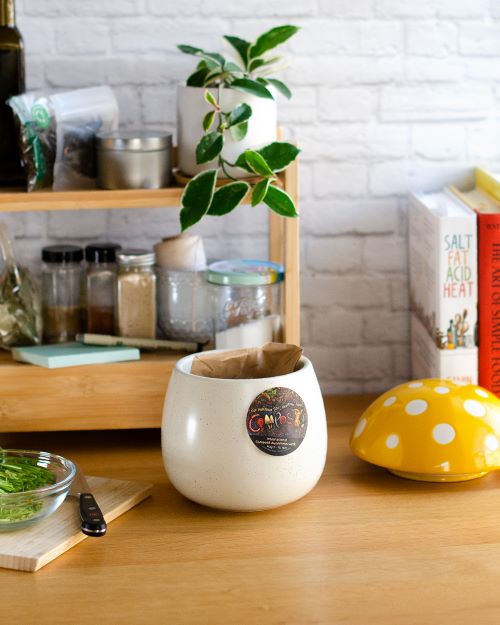Recent Posts
- Home
- Elevate Blog
- The History of Composting - The Modern Journey
The History of Composting - The Modern Journey
Posted on

In the early days of U.S. agriculture, the vast expanse of fertile land made it easy for farmers to overlook the long-term benefits of sustainable farming practices. The abundant, nutrient-rich land led many to believe that practices like composting weren't necessary. Over time this mindset resulted in the depletion of essential soil nutrients, causing a decline in soil productivity.
In the 1840s, German chemist Justus Von Liebig introduced a theory that shifted the focus of agriculture. He emphasized the importance of nitrogen and trace minerals as the primary nutrients for plants, discarding the value of humus and organic matter in the soil. This, combined with declining soil productivity, set the stage for a significant shift in agricultural practices and composting.

The Rise of Chemical Fertilizer
In 1909, German chemist Fritz Haber developed a process to synthesize plant-available nitrogen (nitrate) from the air.
Ammonium nitrate is the main component in agricultural fertilizer, it is also used to produce explosives. During World War II, nitrogen production plants had ramped up production for wartime bomb manufacturing. After the war ended, those production plants were pivoted towards agricultural uses. The same nitrogen was bagged up and sold as fertilizer.
A rapidly growing population, combined with migration from rural areas to large cities, put increased pressure on farmers and food production. With soil quality deteriorating, the quick fix seemed to be synthetic fertilizers. Farmers were encouraged to use synthetic fertilizer to quickly scale up production. Not enough was understood about the damage that could be caused.

The Resurgence of Composting and Regenerative Agriculture
1960s: The environmental movement emerges as concerns over waste management and pollution intensify. Composting experiences a resurgence as a sustainable alternative to chemical fertilizers and landfills. Notable establishments such as the Rodale Institute pave the way for large-scale composting.
1970s: The decade sees the introduction of the first compost ordinances, designed to both encourage the development of composting facilities and regulate compost use. By the end of the '70s, the USA boasts over 500 composting facilities.
1980s: The environmental movement and composting gain traction. This decade introduces bio-based and biodegradable packaging products to the market. By its close, the number of composting facilities in the USA doubles to over 1,000.
1990s: The US Composting Council is established, promoting compost as a sustainable waste management solution. The number of composting facilities triples, reaching over 3,000 by the end of the decade.

2000s: Compostable packaging becomes more widespread. Cities like San Francisco lead the way, mandating businesses to adopt compostable food serviceware. The USA sees the number of composting facilities grow to over 4,000. (Additionally this is when Elevate is founded!)
2010s: The momentum continues as composting and compostable packaging scale up. Numerous businesses and institutions launch composting programs to divert food waste from landfills. By 2019, the USA is home to over 8,000 composting facilities.
2020s: Composting continues its upward trajectory. Cities and states across the USA adopt composting policies and mandate the use of compostable and recyclable packaging. The COVID-19 pandemic spurs a rise in home composting, with many seeking ways to minimize waste and cultivate their own food.
The heightened awareness and education about the benefits of composting have further fueled the public's interest in organic practices and composting. Not only is soil health vital for plant vitality, but it's also intrinsically linked to human health! Numerous cities across the United States have rolled out compost collection programs, and community-based composting initiatives are flourishing!
Composting isn't just making a comeback in agriculture, the business world is also embracing composting. From small startups to established corporations, the integration of composting practices is reshaping the way businesses think about their environmental footprint. As brands strive to adopt more sustainable operations, composting and compostable packaging emerge as the answer to eliminating plastic and enriching the soil.
 Loading... Please wait...
Loading... Please wait...



